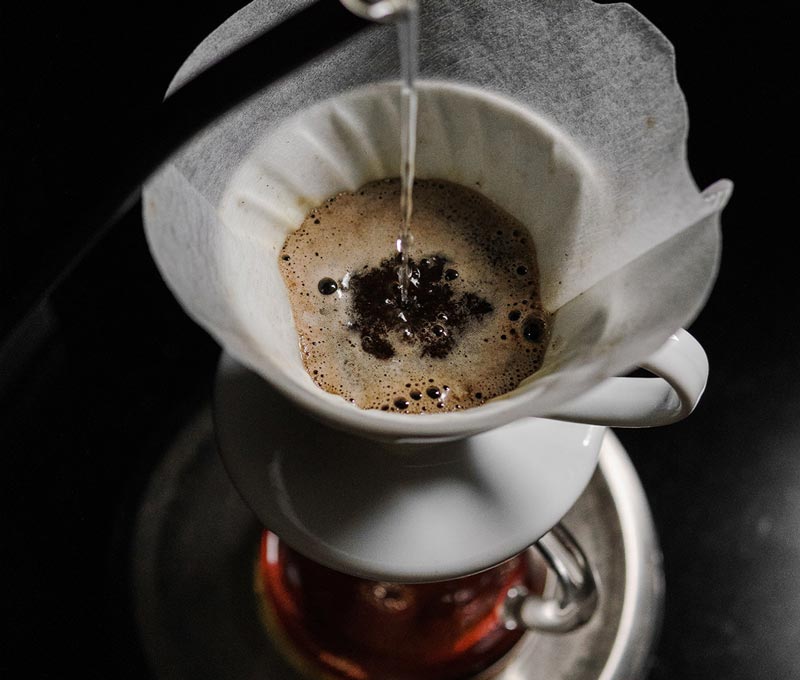Let us help you make an informed choice!
It can sometimes prove difficult to determine our preferred coffee among the multitude of choices offered. What is the difference between Colombian coffees and coffees from Africa? What is a drying process and what are the types? Today, we’re bringing you the first part of the coffee basics you need to know to help you determine which coffee best suits your tastes and preferences.

The origin
The first thing you should know is that Arabica coffees are all grown at altitude, sometimes on mountainsides, sometimes on plateaus like in Brazil, but always at altitude. The climate at altitude allows for slower development which accentuates the acidity and complex aroma characteristics.
For example, Colombian coffees are primarily known for their medium acidity and a sweetness that harmonizes with caramel and nutty notes. African coffees are known more for their high acidity and floral and fruity characteristics which offer a good presence in the mouth. The world’s largest coffee producer, Brazil offers coffees with very low acidity, featuring velvety body and notes of milk chocolate and grilled almonds. For its part, Costa Rica yields coffees with good acidity, medium body and notes of nuts and chocolate.
Discover our single origin coffeesThe choice of process
The process simply indicates the method chosen by the producer to extract the coffee seeds (beans) from the cherry after picking in order to prepare them for bagging and distribution around the world.

The process types and their specificities
Natural or dry
This is the original method. The coffee cherries are spread out on large surfaces to be dried in the sun. This process can take from 10 to 30 days. Once the correct humidity level is reached, the casing (skin and pulp of the cherry) is removed and the coffee is sorted and bagged.
Wet or washed
With this process, the cherries are pulped, removing the rind and fleshy mucilage. Then, the coffee beans are soaked in a fermentation tank for 18 to 24 hours. Soaking promotes fermentation that removes the remaining mucilage from the bean. The beans are then dried in the sun or mechanically in a large dryer before being stored to stabilize the remaining humidity. They are then exported.
Honey
This process is much more complex. The objective is to allow the coffee grains to absorb the maximum of the attributes contained in the mucilage to offer a more complex, but not necessarily fruity, cup of coffee. Here, the cherries are stripped of their skins, but the mucilage remains on the beans. Then, the beans are dried in the sun for a period varying from 7 to 14 days. There are several variations of the honey process:
- Honey Yellow: The skin and the majority of the mucilage are removed at the outset before drying.
- Honey Red: Only the skin is removed. This leaves the maximum amount of mucilage intact on the beans, which are then dried.
- Honey Black: This involves the same process as Honey Red. But, once the beans are spread out for drying, a black membrane is suspended about 3 feet over the beans to create an oven effect. This added method affects the absorption of the mucilage into the beans. This process requires closer monitoring on the part of the producer to ensure that fermentation does not set in due to the higher level of humidity involved.




